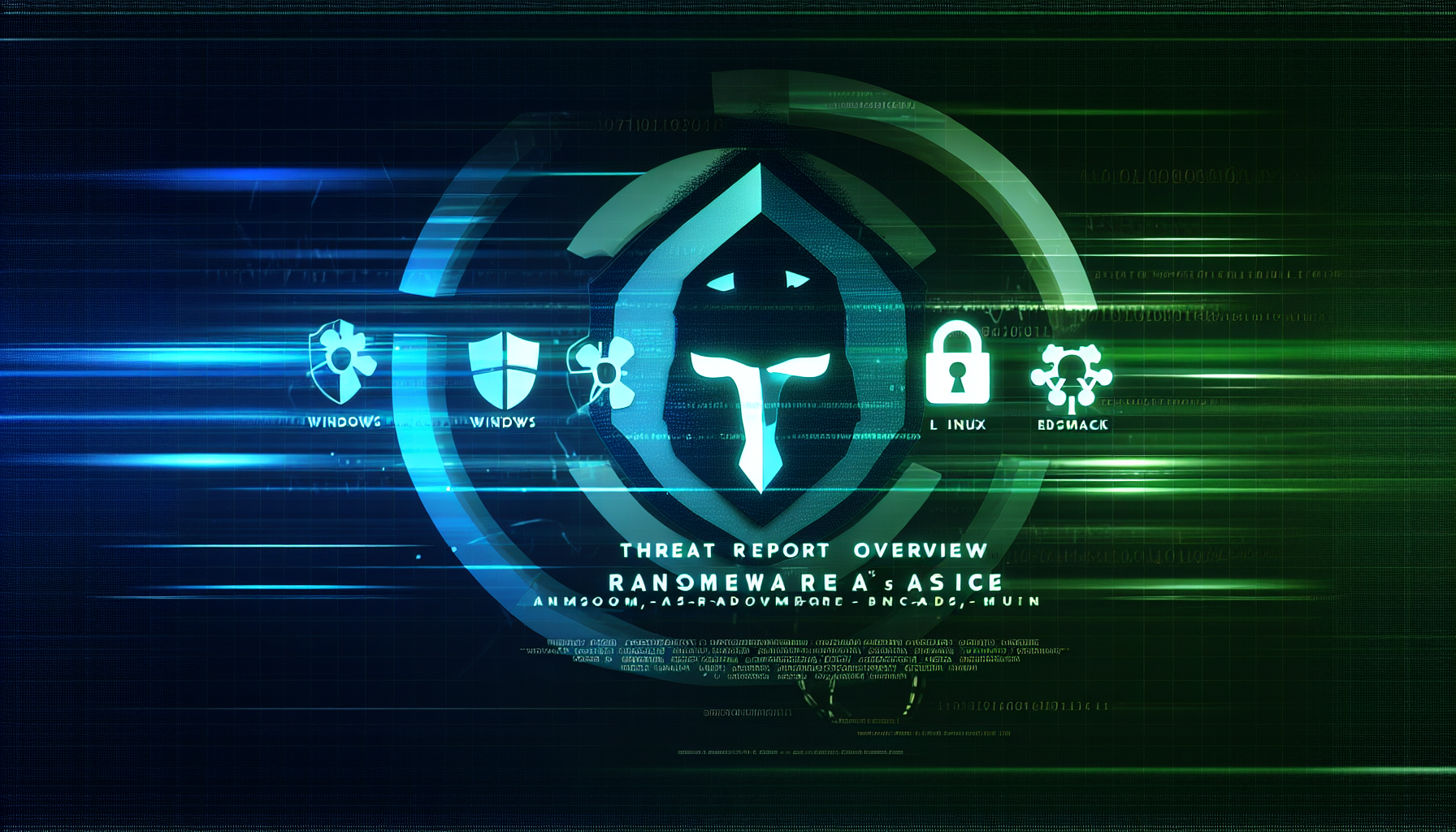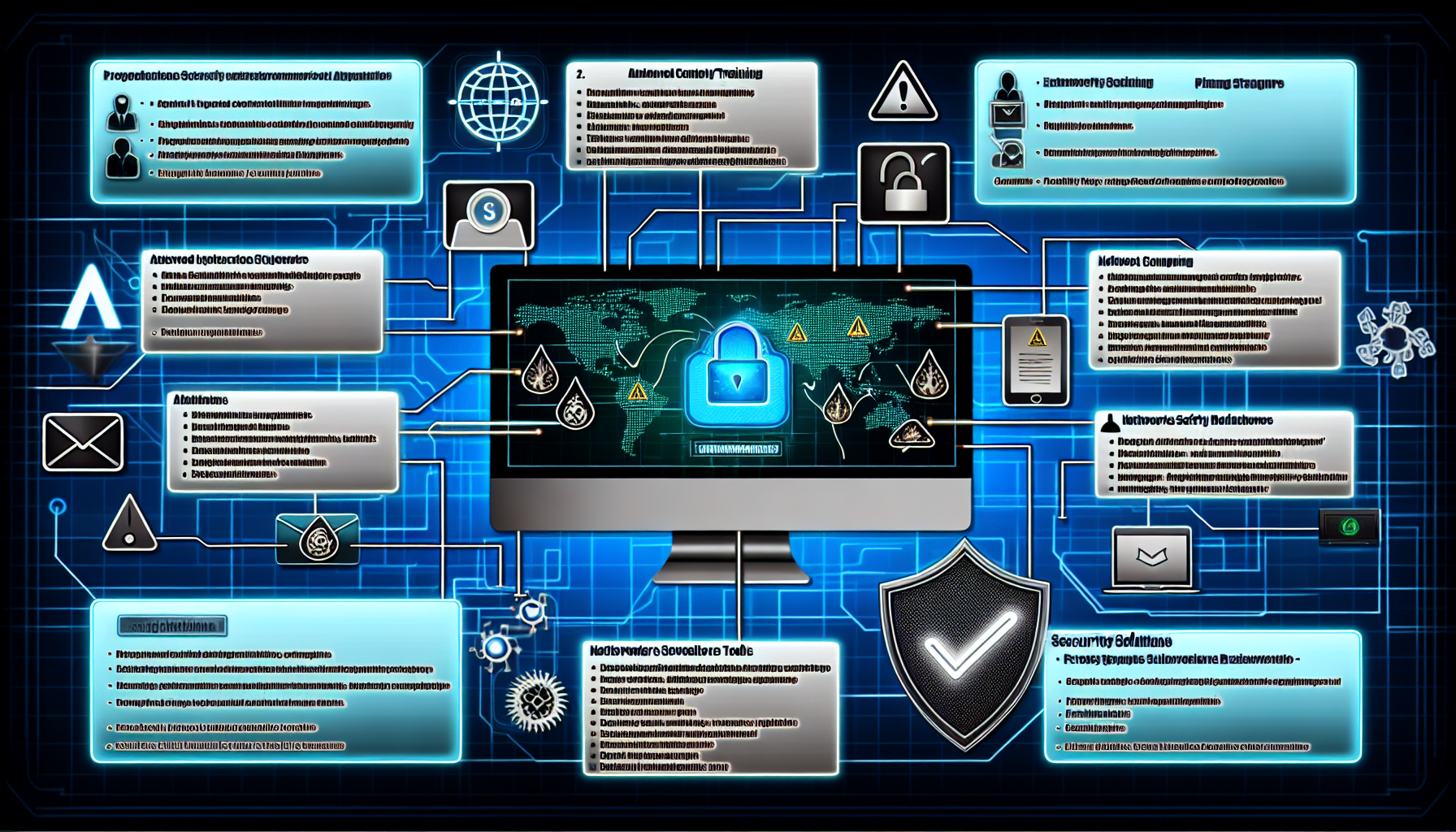Threat Report Overview
The Security Operations Center (SOC) has received a critical threat report published by AlienVault on April 9, 2025. The report details the exploitation of a zero-day vulnerability in the Windows Common Log File System (CLFS), identified as CVE-2025-29824. This vulnerability has been actively exploited to deploy ransomware and conduct post-exploitation activities such as credential theft and file encryption.
Threat Actor Group
The threat actor responsible for this exploitation is identified as Storm-2460. While specific details about the group are limited, their actions indicate a high level of sophistication and a clear intent to cause significant disruption through ransomware deployment.
Detailed Description of the Threat
The zero-day vulnerability in CLFS allows for privilege escalation, enabling attackers to gain elevated access to targeted systems. The exploit is deployed using PipeMagic malware, which facilitates the initial infection and subsequent ransomware deployment. This attack has been observed across various sectors and multiple countries, highlighting its widespread impact.
Post-Exploitation Activities
Once the initial exploitation occurs, the attackers engage in several post-exploitation activities:
- Credential Theft: Attackers steal credentials to move laterally within the network, gaining access to additional systems and data.
- File Encryption: Ransomware is deployed to encrypt critical files, rendering them inaccessible until a ransom is paid.
Mitigation Strategies
To mitigate the risk posed by this threat, the following strategies are recommended:
- Apply Security Updates: Ensure that all systems are patched with the latest security updates provided by Microsoft to address CVE-2025-29824.
- Enable Cloud-Delivered Protection: Utilize cloud-delivered protection features in antivirus and endpoint detection and response (EDR) solutions to enhance threat detection capabilities.
- Implement Advanced Security Measures: Deploy advanced security measures such as network segmentation, multi-factor authentication (MFA), and regular security audits to strengthen the overall security posture.
Detection Methods
Several detection methods and hunting queries are provided in the report to help identify and respond to this threat:
- Monitor for Unusual Privilege Escalation Activities: Look for signs of privilege escalation that do not align with normal user behavior.
- Detect PipeMagic Malware: Use EDR solutions to detect the presence of PipeMagic malware on the network.
- Identify Ransomware Deployment: Monitor for file encryption activities and unusual outbound network traffic indicative of ransomware deployment.
Recommendations
- Conduct Regular Security Training: Educate employees about the risks associated with phishing attacks and other social engineering tactics that may be used to gain initial access.
- Implement a Robust Incident Response Plan: Develop and regularly update an incident response plan to ensure a swift and effective response to any security incidents.
- Leverage Threat Intelligence: Utilize threat intelligence feeds to stay informed about emerging threats and vulnerabilities, enabling proactive defense measures.
Conclusion
The exploitation of the CLFS zero-day vulnerability by Storm-2460 underscores the importance of maintaining robust cybersecurity practices. By applying the recommended mitigation strategies and leveraging advanced detection methods, organizations can significantly reduce their risk of falling victim to this and similar threats. Regular updates, employee training, and a proactive approach to security are essential in safeguarding against evolving cyber threats.
For additional information, please refer to the following external references:
- Microsoft Security Blog: https://www.microsoft.com/en-us/security/blog/2025/04/08/exploitation-of-clfs-zero-day-leads-to-ransomware-activity/
- AlienVault OTX Pulse: https://otx.alienvault.com/pulse/67f5d9cac64a676c99e7a36c
Please check the following page for additional information:
https://www.microsoft.com/en-us/security/blog/2025/04/08/exploitation-of-clfs-zero-day-leads-to-ransomware-activity/
Discover more from ESSGroup
Subscribe to get the latest posts sent to your email.





